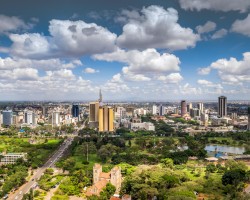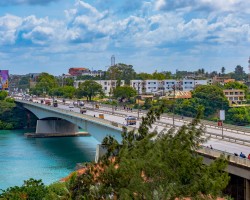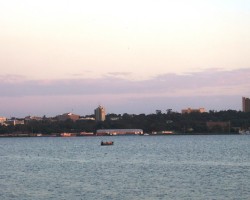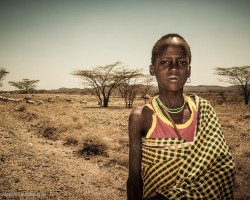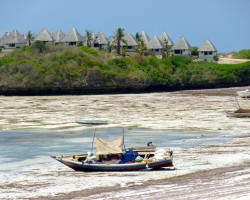Best time to go to Kenya for a perfect weather and where to go?
When is the best time to go to Kenya?
The best time to visit Kenya is between mid-December and late March, as well as between June and October. During these periods, rainfall is moderate to almost non-existent, creating ideal conditions for unforgettable animal sightings during a safari. All tracks are accessible and the vegetation is low, making animals more visible. The dry seasons are also perfect for scuba diving or snorkeling along the eastern coast. The Indian Ocean water temperature never drops below 24°C (76°F) and the sun shines consistently.
During the rainy seasons, conditions are barely suitable for animal watching, and even less so for staying on the coast, whether for diving or sailing excursions. Most resorts close down, but those that remain open offer attractive rates. Therefore, visiting Kenya during a rainy season can be interesting, especially for adventurous souls or those on a tight budget.
The downside of peak seasons like Christmas and the July-August school holidays is the high tourist influx. To enjoy only advantages, prefer the months of June, September, and October. You will have peace and quiet, along with very pleasant weather conditions to make the most of the country's attractions and engage in outdoor activities.
Where and when to go based on the weather?
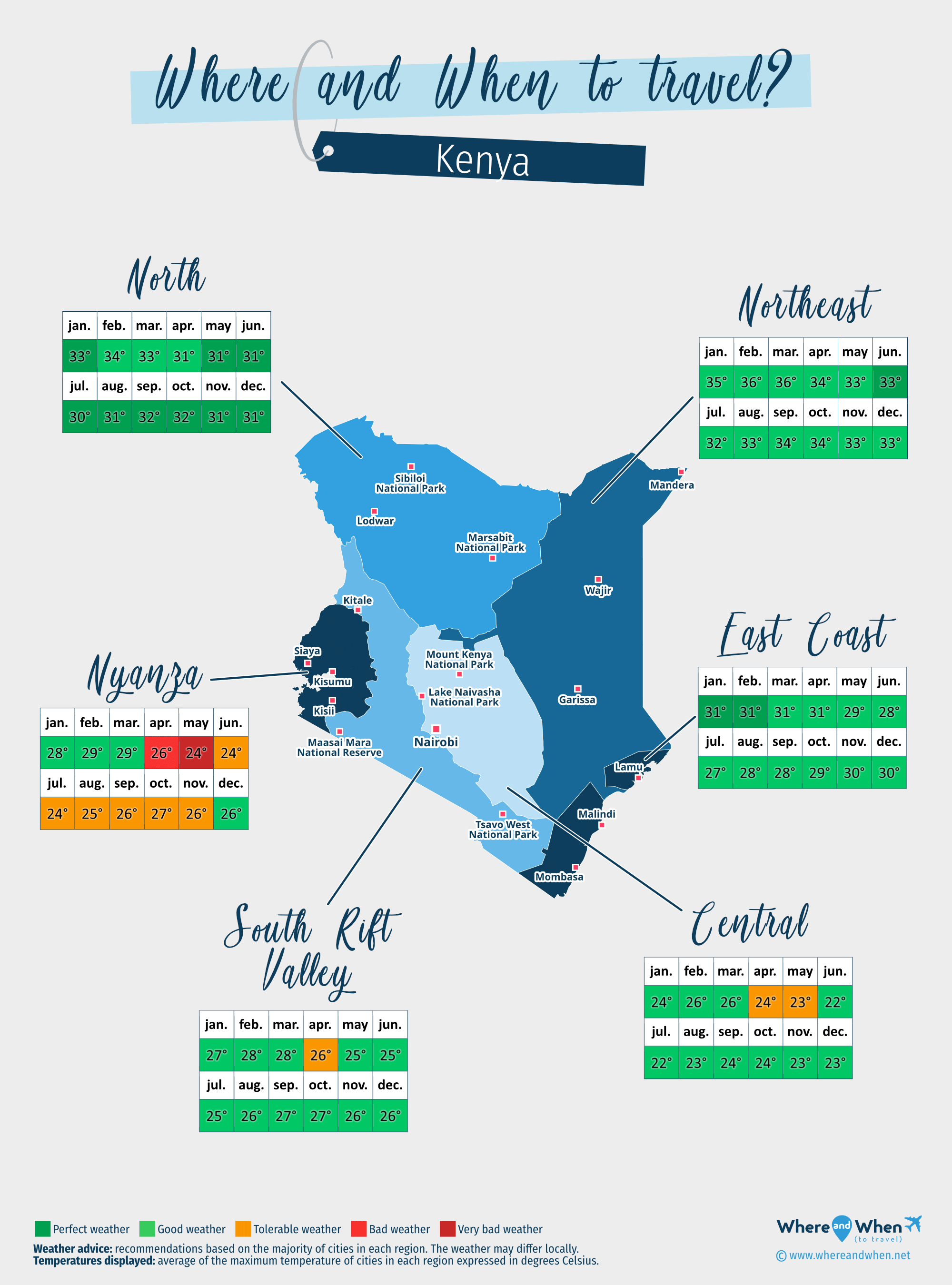
Central of Kenya
Nairobi, Lake Naivasha National Park, Mount Kenya National Park...
East Coast of Kenya
Mombasa, Malindi, Lamu...
North of Kenya
Lodwar, Marsabit National Park, Sibiloi National Park...
Northeast of Kenya
Mandera, Garissa, Wajir...
Nyanza
Kisumu, Kisii, Siaya...
South Rift Valley
Tsavo West National Park, Maasai Mara National Reserve, Kitale...
To get all the information about the climate and weather in Kenya for a specific month, click on the corresponding link below:
Kenya in january Kenya in february Kenya in march Kenya in april Kenya in may Kenya in june Kenya in july Kenya in august Kenya in september Kenya in october Kenya in november Kenya in december
Best time to travel to Kenya by cities
Climate and Weather in Kenya
Kenya is located right in the heart of East Africa and crossed by the equator. It is south of Ethiopia and South Sudan, west of Somalia, east of Uganda, and north of Tanzania.
The climate in Kenya is generally equatorial with disparities depending on the regions and landscapes, from mountains to the coast of the Indian Ocean. The weather will therefore be very different depending on whether you are in Lodwar, Nairobi, or Mombasa, for example. Here are the nuances you may encounter:
- A tropical humid and dry climate, either with dry summers like in Mombasa, or with dry winters like in Tsavo National Park.
- An oceanic climate characterized by mild summers. This is the climate found in the capital, Nairobi.
- An equatorial climate with abundant rainfall and constant temperatures throughout the year as in Maasai Mara.
- There are also touches of arid, semi-arid, and even Mediterranean climates here and there.
The weather in Kenya is therefore highly dependent on altitude, latitude relative to the equator, as well as the alternating monsoon winds coming from the Indian Ocean. The country has two types of seasons:
- 2 dry seasons: from mid-December to the end of March and from June to the end of October.
- 2 rainy seasons: the “long rainy season” from April to mid or late June, and the “short” one in November, which can extend until mid-December.
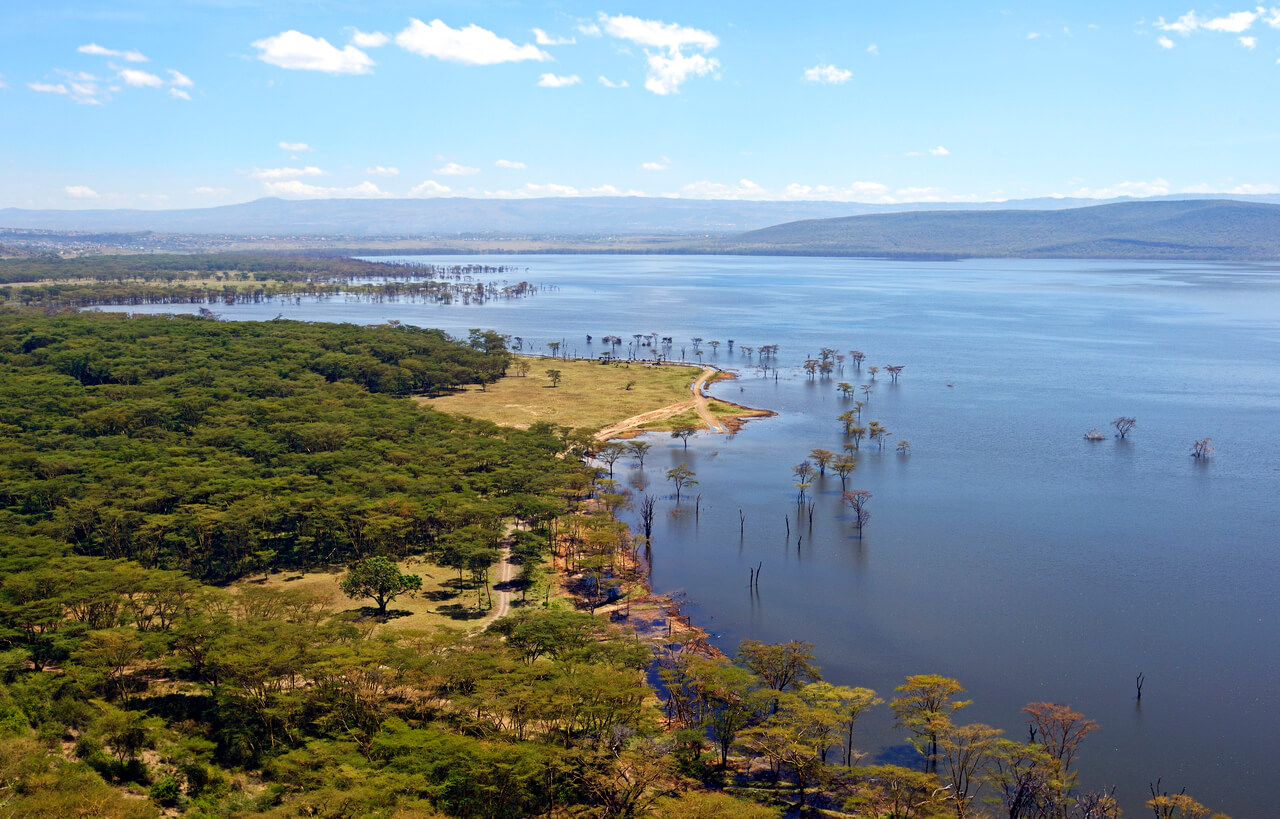
Climate in Central Kenya
Central Kenya is a mountainous region. It is home to Mount Kenya, whose summit reaches 5,199 m. The equatorial climate is tempered by the altitude. Temperatures in the Highlands are mild throughout the year during the day, but can be cool, even cold at night.
Nairobi, the capital, is located at an altitude of 1,600 m. During the dry seasons, days are hot and sunny with low humidity. Nights are much cooler, especially in July and August, but temperatures rarely drop below 10°C (50°F) .
During the rainy seasons, precipitation remains generally moderate. Typically, they occur as short but intense thunderstorms. It is entirely possible to explore the region during these periods.
Climate on the East Coast of Kenya
On the coast, the climate is tropical, therefore hot and humid. However, monsoon winds moderate the atmosphere.
- Rainy seasons occur in April-May and then in October-November. Temperatures and precipitation are high. Moreover, the "kusi" wind blows strongly from the southeast, bringing significant rains and rough seas. These are not the best times to enjoy beach activities.
- Dry seasons, from December to March and from June to September, still remain humid with moderate precipitation. Temperatures are high, especially in January and February, but the "kaskazi" wind, gently coming from the northeast, pleasantly sweeps the beaches. During these periods, the water is crystal clear, perfect for admiring the stunning Kenyan underwater world.
Climate in Northern Kenya and South Rift Valley
- In the northeast, Kenya's climate is very dry. Rainy seasons are very short and only occur in April-May and November. Temperatures are very high and can reach extreme values, while precipitation is low. During the dry seasons, temperatures remain high and precipitation is almost nonexistent.
- In the north and South Rift Valley, various climates can be found, from arid to tropical to oceanic, but overall it is more humid and temperate than in the northeast.
Climate in Nyanza Province (Lake Victoria)
This region in the far west of Kenya experiences an equatorial climate. Consequently, humidity levels are very high and there is hardly any dry season. However, rainfall is slightly less between December and March.
Temperatures and rainfall in Kenya
On these 3 graphs, we present the evolution of temperatures of Kenya and month-by-month rainfall for the cities of Nairobi, Lake Naivasha National Park, Maasai Mara National Reserve, Mombasa and Mount Kenya National Park, as well as the month-by-month sea temperature for coastal cities.
Peak visitor numbers and tourist seasons in Kenya
Find out when Kenya has its high tourist season (the period when the influx of tourists is highest) and off-peak tourist season using our data and figures.
Tourist seasons in Kenya
The months with low numbers of tourists are: January, February, March, April, May, June, July, September, October and November. The number of visitors to Kenya is high in: August and December.
- Very low season in Kenya: March, April and May.
- Low season in Kenya: January, February, June, July, September, October and November.
- High season in Kenya: August.
- Peak season in Kenya: December.
Figure: Visitor index for Kenya month by month
Average price for flights to Kenya
A return flight between London and Nairobi is generally cheaper if you go in november ($ 814 on average): this is the best time for travellers on a tight budget. In contrast, you may end up paying $ 519 more for your airline ticket to Nairobi if you go in august.
Where to go in Kenya?
This table allows you to see the maximum temperature for each city and our opinion on the weather month by month (see colour legend below the table).
| Cities | jan. | feb. | mar. | apr. | may | jun. | jul. | aug. | sep. | oct. | nov. | dec. |
| Nairobi | 79°F | 83°F | 83°F | 77°F | 76°F | 74°F | 76°F | 76°F | 79°F | 79°F | 77°F | 77°F |
| Lake Naivasha National Park | 77°F | 79°F | 79°F | 76°F | 74°F | 74°F | 72°F | 74°F | 76°F | 76°F | 74°F | 74°F |
| Maasai Mara National Reserve | 83°F | 85°F | 85°F | 81°F | 79°F | 79°F | 81°F | 83°F | 85°F | 85°F | 83°F | 81°F |
| Mombasa | 90°F | 90°F | 90°F | 90°F | 86°F | 85°F | 83°F | 85°F | 85°F | 86°F | 88°F | 90°F |
| Mount Kenya National Park | 72°F | 74°F | 74°F | 72°F | 70°F | 70°F | 68°F | 68°F | 72°F | 72°F | 70°F | 70°F |
| Tsavo West National Park | 86°F | 90°F | 90°F | 86°F | 85°F | 85°F | 85°F | 85°F | 86°F | 88°F | 86°F | 85°F |
| Amboseli National Park | 83°F | 86°F | 86°F | 85°F | 83°F | 85°F | 83°F | 85°F | 86°F | 88°F | 85°F | 81°F |
| Garissa | 95°F | 97°F | 97°F | 95°F | 94°F | 92°F | 92°F | 92°F | 94°F | 95°F | 94°F | 92°F |
| Kisii | 81°F | 83°F | 83°F | 77°F | 76°F | 76°F | 76°F | 79°F | 81°F | 81°F | 79°F | 77°F |
| Kisumu | 88°F | 90°F | 88°F | 83°F | 81°F | 79°F | 79°F | 83°F | 85°F | 85°F | 85°F | 85°F |
| Kitale | 81°F | 85°F | 83°F | 79°F | 76°F | 76°F | 74°F | 76°F | 79°F | 79°F | 79°F | 79°F |
| Lamu | 88°F | 88°F | 90°F | 88°F | 86°F | 85°F | 83°F | 83°F | 85°F | 86°F | 88°F | 88°F |
| Lodwar | 97°F | 99°F | 97°F | 95°F | 94°F | 94°F | 92°F | 92°F | 95°F | 95°F | 95°F | 95°F |
| Malindi | 88°F | 88°F | 88°F | 88°F | 86°F | 85°F | 83°F | 83°F | 85°F | 86°F | 88°F | 88°F |
| Mandera | 97°F | 99°F | 99°F | 95°F | 94°F | 94°F | 92°F | 94°F | 95°F | 94°F | 94°F | 95°F |
| Marsabit National Park | 86°F | 88°F | 88°F | 86°F | 86°F | 86°F | 85°F | 86°F | 88°F | 88°F | 85°F | 85°F |
| Mwingi National Reserve | 76°F | 77°F | 79°F | 76°F | 76°F | 76°F | 74°F | 76°F | 77°F | 77°F | 74°F | 74°F |
| Siaya | 88°F | 90°F | 88°F | 83°F | 81°F | 79°F | 79°F | 83°F | 85°F | 85°F | 85°F | 85°F |
| Sibiloi National Park | 97°F | 99°F | 97°F | 95°F | 94°F | 94°F | 92°F | 92°F | 95°F | 95°F | 95°F | 95°F |
| Wajir | 97°F | 99°F | 97°F | 94°F | 92°F | 92°F | 90°F | 92°F | 94°F | 94°F | 92°F | 94°F |
Legend:
perfect weather
good weather
tolerable weather
bad weather
very bad weather
About Kenya
What can I do in Kenya?
Beaches / swimming
Nature and countryside
Culture and heritage
Sports
Family travel
Crafts / shopping
Gastronomy
Nightlife
Is this weather information for Kenya reliable?
Climate data for Kenya has been gathered every day since January 2009. The analysis of these meteorological data for Kenya allows us to determine the average for each month in Nairobi, Lake Naivasha National Park, Maasai Mara National Reserve, Mombasa, Mount Kenya National Park, Tsavo West National Park, Amboseli National Park, Garissa, and 25 other cities.
So yes: this data is reliable except in cases of temporary climate disruption in the region.

